Modelling Diesel Combustion/Моделирование рабочего цикла дизеля
Издание на русском языке
Diesel is the most efficient combustion engine today and it plays an important role in transport of goods and passengers on land and on high seas. The emissions must be controlled as stipulated by the society without sacrificing the legendary fuel economy of the diesel engines. These important drivers caused innovations in diesel engineering like re-entrant combustion chambers in the piston, lower swirl support and high pressure injection, in turn reducing the ignition delay and hence the nitric oxides. The limits on emissions are being continually reduced. Therefore, the required accuracy of the models to predict the emissions and efficiency of the engines is high. The phenomenological combustion models based on physical and chemical description of the processes in the engine are practical to describe diesel engine combustion and to carry out parametric studies. This is because the injection process, which can be relatively well predicted, has the dominant effect on mixture formation and subsequent course of combustion.
Contents
Acknowledgments
Preface
Phenomenology of diesel combustion and modeling
1 Introduction
Role of internal combustion engines
Developments in DI diesel engines
2 Phenomenology of Diesel Combustion and Modelling
Combustion model
Emission models
Theme of the book
3 Experiments
Studies in a bomb
Real engine studies
4 Turbulent Structure of the Diesel Spray
Vaporising spray
Combusting sprays
Summary of the model for vapourising and combusting sprays
Modern view of the vaporising and burning spray
5 Ignition Delay in a Diesel Engine
Definition and measurement of ignition delay
Classical model for ignition delay and its extension to other fuels
Phenomenological model of ignition delay
6 Heat Transfer
7 Heat Release in Indirect Injection Engines
Description of the phenomenological model
Experimental technique
Results and discussions
Conclusions
8 Mixing Correlations for Smoke and Fuel Consumption of Direct Injection Engines
Characteristic parameter for air fuel mixing in a cross flow
Validation of the mixing parameter
Conclusion
9 Heat Release in Direct Injection Engines
Heat release rate in diesel engines
Model for mixing controlled combustion
Modelling three regimes of heat release rate
Steps to calculate heat release rate using the new model
Experimental validation
Heat release rate from the experiments
Estimation of heat transfer across the walls
Results
Discussions
10 Hydrocarbons from DI Diesel Engines
HC model
Predicting HC in the exhaust
Discussions
11 Hydrocarbon Emissions from Spark Ignition Engines
Description of the engine model
Comparison of the model prediction with engine experiments
Conclusions
12 Smoke from DI Diesel Engines
Phenomenon of soot formation
Application to engine conditions
13 Oxides of Nitrogen from Direct Injection Diesel Engines
Exhaust gas recirculation (EGR)
Phenomenology of oxides of nitrogen
14 Particulate Matter from Direct Injection Diesel Engines
Phenomenology of particulate matter (PM)
Validation of correlation
15 Multi-dimensional Modelling of Diesel Combustion: Review
Basic approach
Turbulence modelling
Spray and evaporation modelling
Combustion modelling
Pollutant emissions modelling
Heat transfer modelling
Efficient multi-dimensional simulation of diesel engine combustion with detailed chemistry
CFD codes for engine simulation
Future and challenge
16 Multi-dimensional Modelling of Diesel Combustion: Applications
Case studies
Appendices
Appendix I: Estimation of products of combustion from the interferogram
Appendix II: Estimation of concentration of fuel vapour in the vapourising and combusting spray from the interferogram
Appendix III: Estimation of mass and heat transfer functions
Appendix IV: Vapour pressure of diesel and fuels A & B and B
Appendix V: Calculation of tangential velocity of air in the piston cavity from the inlet swirl number
Appendix VI: Momentum of useful air of the three different combustion cavities described in Kuo et al. (1988)
Appendix VII: Momentum of useful air for engines A8, B8, C8 and D8
Appendix VIII: Estimation of spray properties and impingement parameters
Appendix IX: Calculation of fuel injection rate
Appendix X: Influence of nozzle features
Appendix XI: Henry’s constant Hc for fuel (n-octane) in oil
Appendix XII: Evaluation of gF and gG
Appendix XIII: In-cylinder oxidation of HC
Appendix XIV: Estimation of wall surface temperature
Appendix XV: Experimental data on HC emissions from DI diesel engines
Index
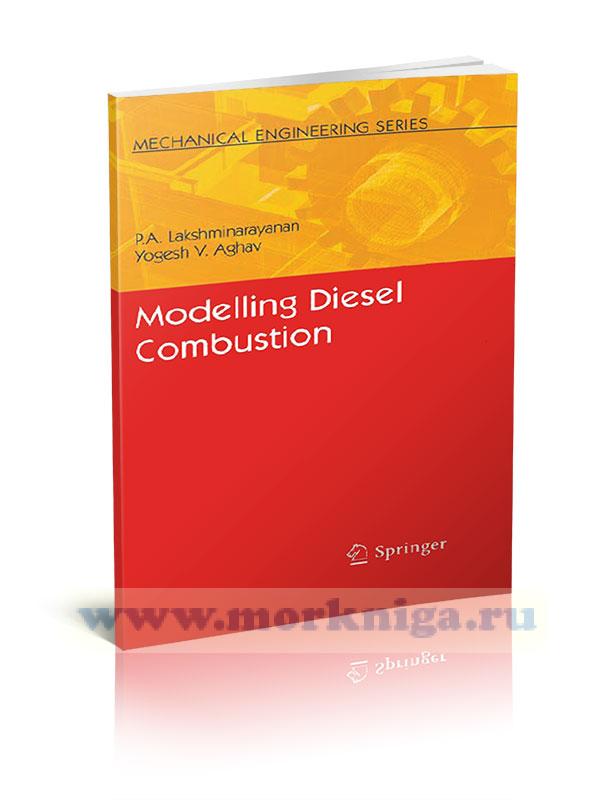
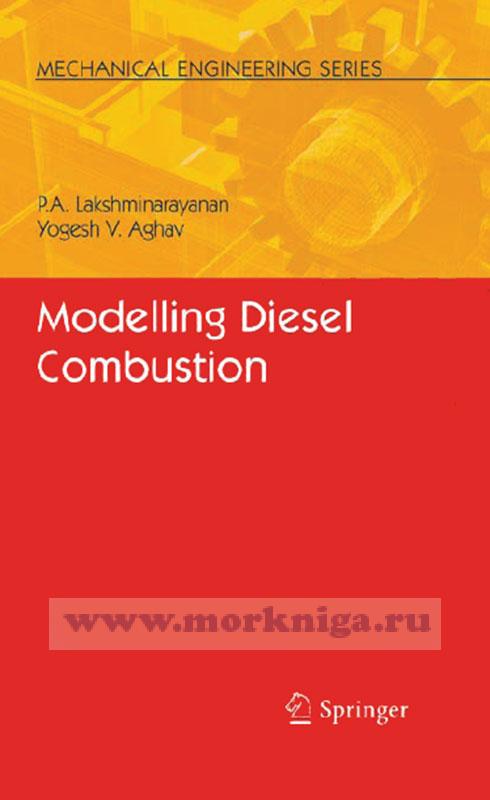
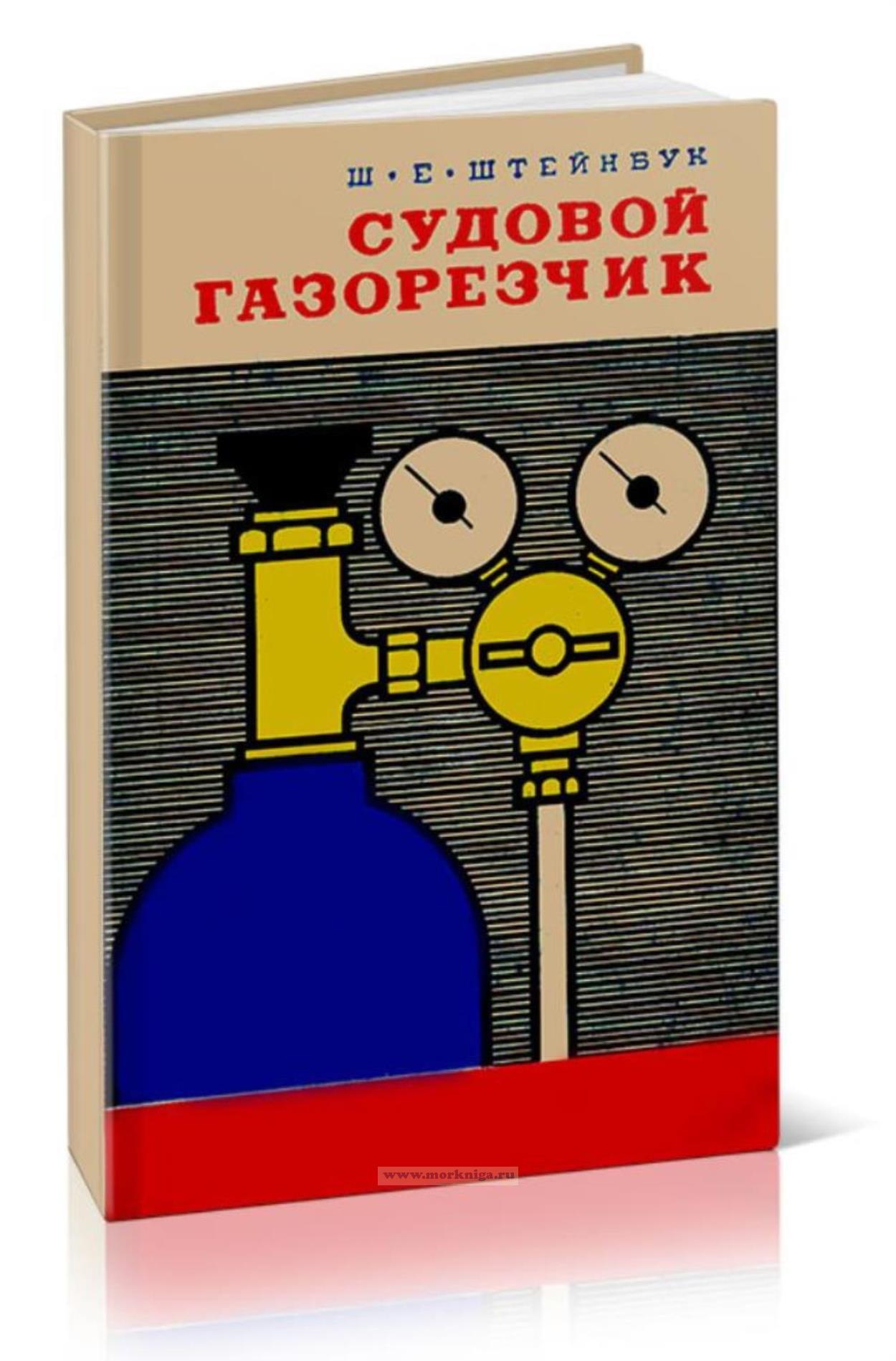 Судовой газорезчик
Судовой газорезчик 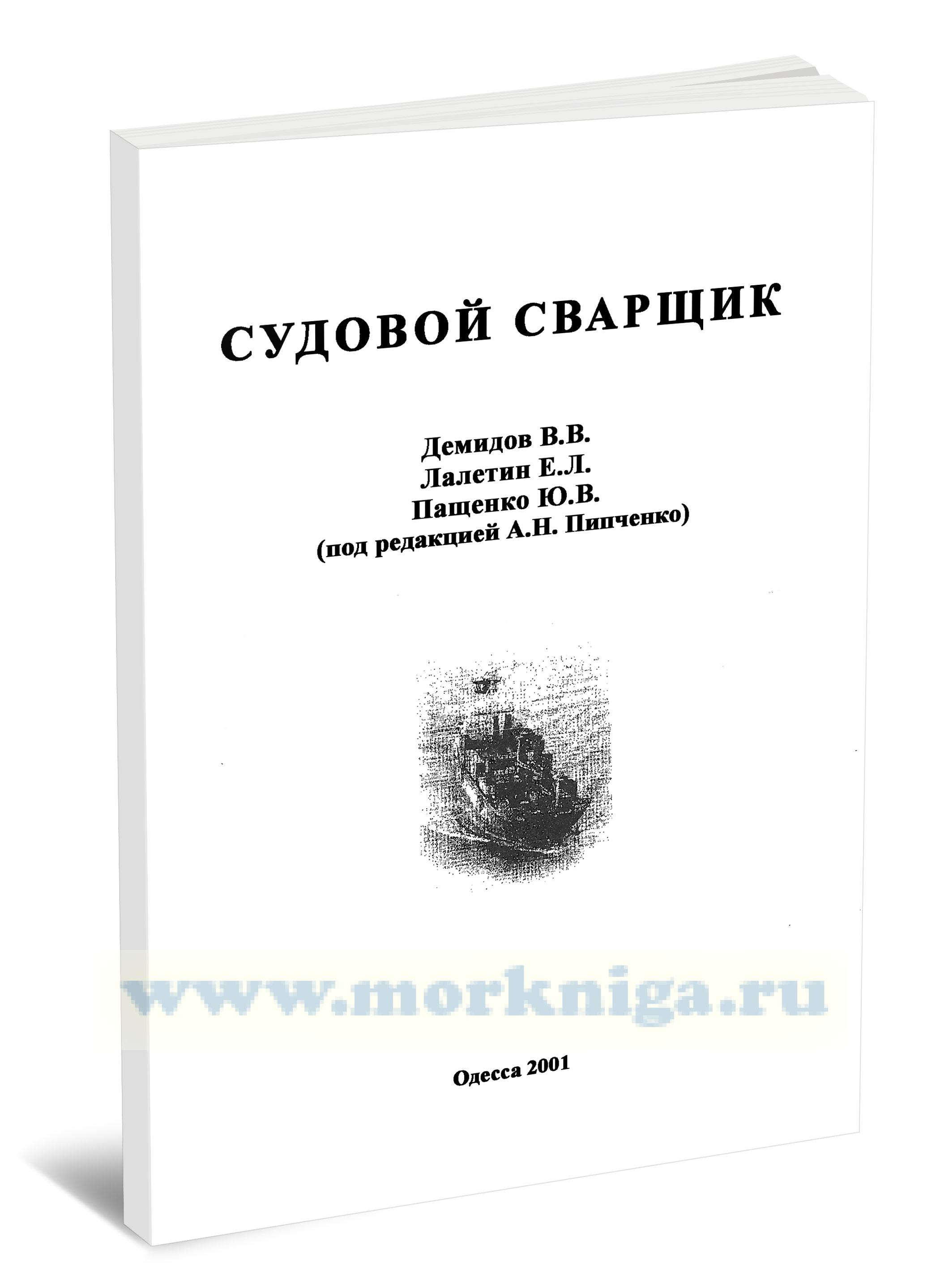 Судовой сварщик
Судовой сварщик 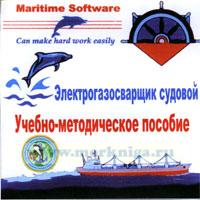 CD Электрогазосварщик судовой. Учебно-методическое пособие
CD Электрогазосварщик судовой. Учебно-методическое пособие